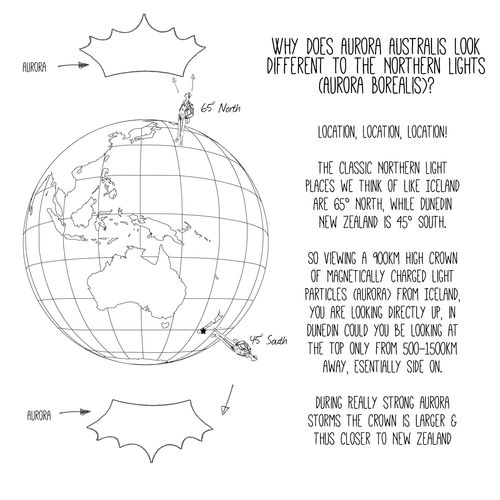Over the month of April I've started a number of threads, but not quite found the time or inspiration to reach a critical mass.
Looking back though, it was a fairly packed month, as we ease our way into autumn.
So here's some floor sweepings from the month that was.
Black is Back
Using a dense black background for still life photography work can intensify the subject dramatically.
As Jos commented elsewhere, "the light, and only the light".
In these three photos I used a variety of light sources, including a torch as backlight, my phone, and bright sunlight with the backdrop in the shade.
As the days get shorter, and the light more eclectic, this could be a good autumn project. Have a go if you feel the urge to go out of the blue, and into the black (cough).
Hometown Habits
After thirty years in Auckland, you would think I'd have started referring to it as my 'hometown' by now, but without thinking or blinking, I still say 'Whakatane'. This includes Ohope beach, and even though I only actually spent a third of my 46 years in the Bay of Plenty, it remains uppermost in my mind as a place to call home.
A recent visit there to see Jos and walk on the beach reminded me how true this still is.
Apart from the family connections, friends, and other things that tie me to the place, it occurred to me that the nostalgia part is often associated with a series of firsts.
It is where I got my first job (thanks Jos), my first stitches, my first vinyl record, my first skateboard, my first kiss... well, that was apparently when I was 4 in Opotiki, but we don't count that one.
Where is your wākāinga?
St. James Theatre is Back
Thinking it was opening for business this morning, we ventured into the foyer coffee lounge, due to welcome customers from tomorrow morning (I'm reliably informed) at The St. James Theatre. We were given a special tour, and grabbed a few shots.
A number of the PA regulars will also be going to A Weird Night Out next Saturday at the St. James, which should be a hoot. More photos after the event.
Feel free to share your own April meanderings.
Capture away.





